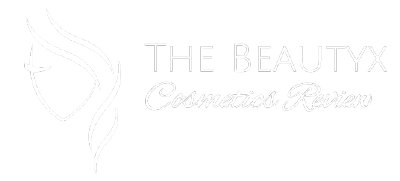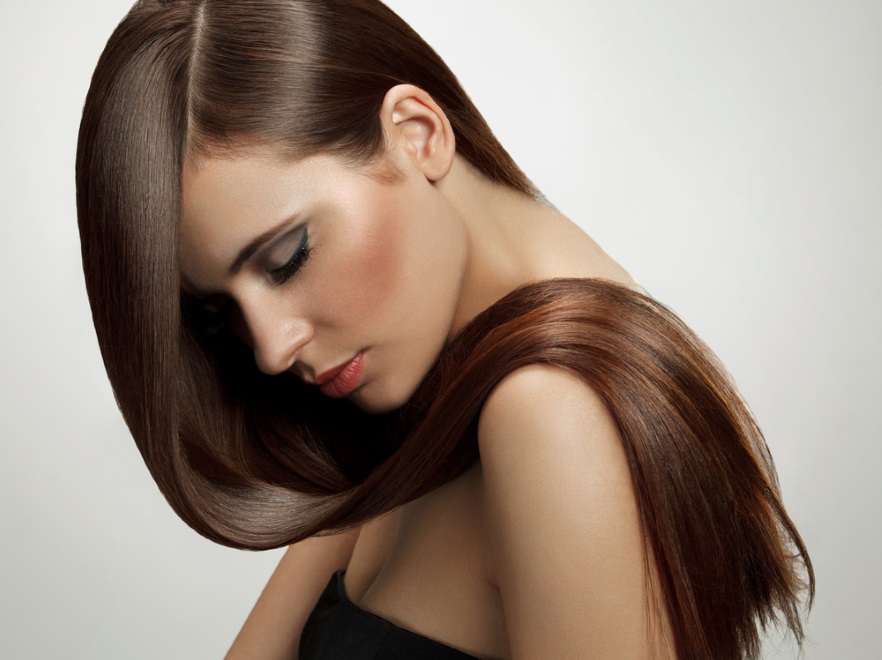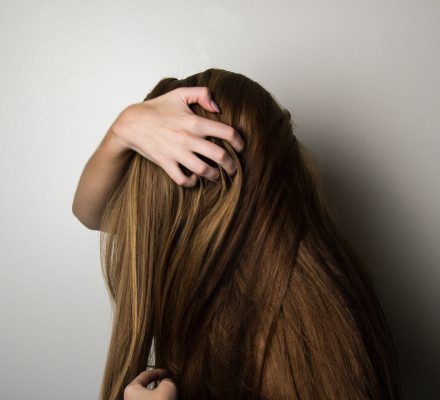Hair porosity remains a term which arouses mixed feelings, sounds strange and quite complicated. Why is it discussed on nearly every professional hair blog with the main question on how to define the hair porosity? Is it really so important? Why?
Hair porosity, in simple words, is the external appearance of hair. To be more precise – it refers to the arrangement of keratin scales on the hair surface. The way the scales are located affects the way your hair behaves. Porosity tells about the shape of a hairdo. Is it thick and smooth but easily weighed-down at the same time? Is it dry, damaged or brittle? Maybe oily? Are the strands frizzy or static? Easy to style or unmanageable? Should you apply a hair mask or a hair oil? Which oil to choose? There is just one answer lurking behind the questions: the type of hair porosity. You must identify it so you won’t make hair-care mistakes ever again. You will avoid harming your hairdo.
How to define your hair porosity – three types of hair porosity
Contrary to appearances, identifying the hair porosity isn’t difficult. There are only three categories to choose from: low, medium and high porosity. Describing each one is a good solution, helping match your hair to a given porosity.
- Low porosity hair – this hair type is quite stiff and thick, the styling routine is demanding. The tresses are heavy; the surficial keratin scales are tightly-bound together. The wrong hair care weighs it down. Most products cannot get through the scales and reach the inner structures of low porosity hair. Therefore, this hair type needs products including tiny molecules which add volume to hair, lift the roots and regulate the sebum secretion on the scalp.
- Medium porosity hair – quite natural and ordinary hair. Ordinary isn’t the nicest word but it’s on-point: medium porosity hair is somewhere between thick, heavy low porosity hair and damaged, brittle highly-porous strands. It may be pretty, soft and well-kept but it’s really moody at the same time. A change of a shampoo, temperature, air moisture or styling primer leads to hair frizz, static and damaged, dry, split ends. This type of tresses needs appropriate ingredients that don’t weigh down or trigger frizz. That is why medium porosity hair must be provided with cosmetics with the medium-sized molecules which fit the slightly-raised cuticle scales on the hair surface.
- High porosity hair – the keratin cuticles are highly-raised so nothing protects high porosity hair from damage. That is why this type of strands loses vitality and shine very fast. Usually, high porosity hair is the driest and most brittle out of the three types. The hair growth is blocked. You have problems moisturising the tresses. Hair loses almost all of the nutrients. Unless the nutrients are made up of large molecules. Highly-porous strands need hydration, reinforcement, intensive repair and strong protection.
How to check your hair porosity – test
Determining the porosity is easy by just reading the descriptions. Every woman, who attentively observes her hair during the everyday styling routine, has no problem identifying the type of her strands. It’s worth mentioning – most people have medium porosity hair.
If you’re looking for a bit more professional answers, do an online hair porosity test – it is popular and you’ll easily find it. However, if you need an expert’s help, go to a trichologist who will precisely examine your scalp and hair porosity. Many women know their hair porosity after applying coconut oil – it’s suitable only for low porosity hair and causes frizzy flyaways in the other two types.




Leave a Reply